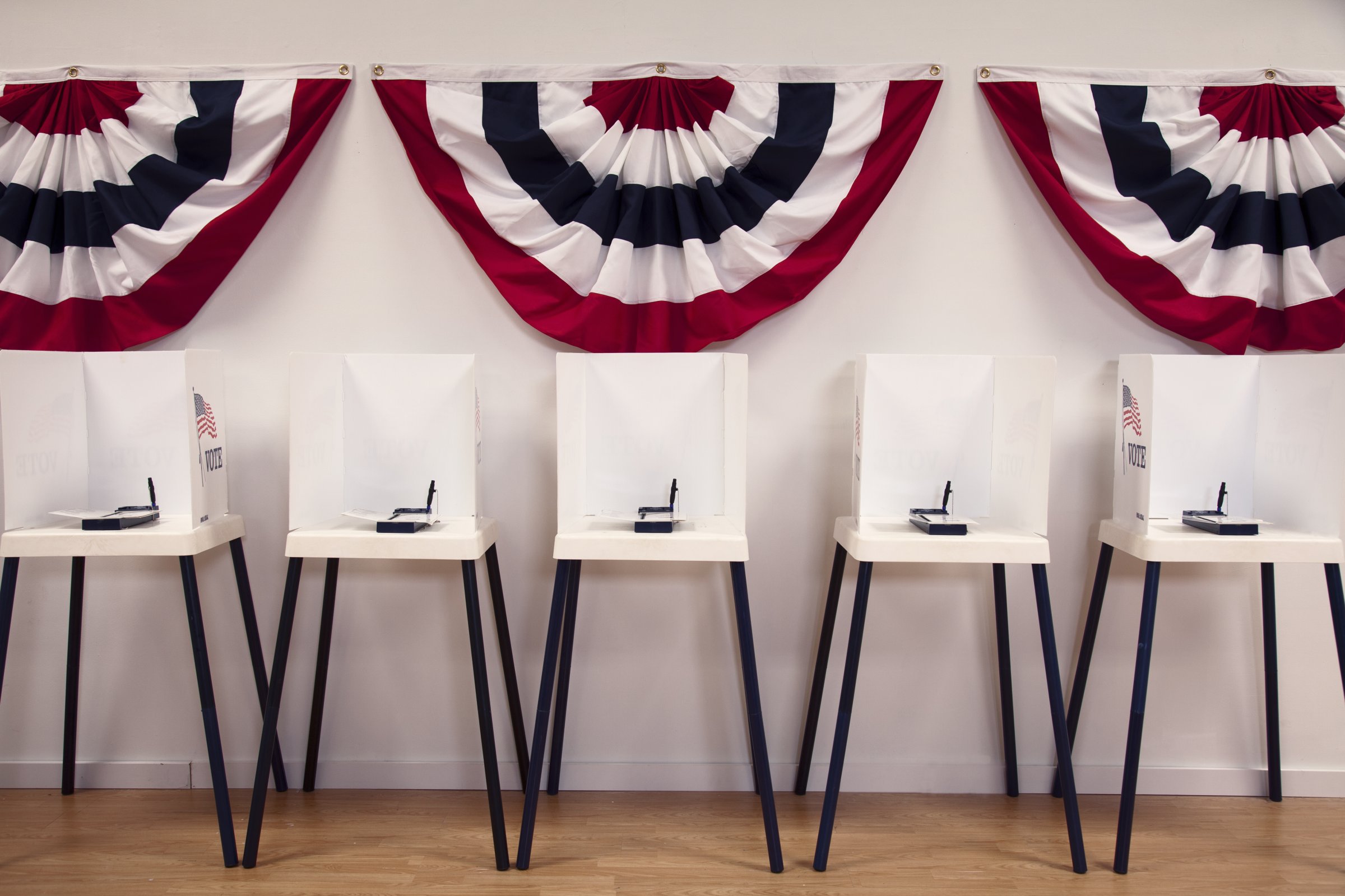
It’s true that wealthier Americans tend to vote for Republicans and that the less well-off tend to vote for Democrats. And it’s true that, in theory, such a demographic breakdown would be good for Dems. After all, in raw numbers, there are more—many, many times more—working-class Americans than there are folks at the top of the income pyramid.
The problem, as Democrats well know, is that it doesn’t much matter who the working class supports if they don’t show up to vote. And there’s the rub.
According to a Pew Research Center study released today, the “least financially secure Americans,” despite being significantly more likely to back Democrats, tend to “opt out of the political system altogether.”
While 94% of the the most financially secure Americans were registered to vote, only 54% of the least financially secure were, according to the study. Even fewer actually make it to their polling booths. While 2014 voting records are not yet available, in 2010, 69% of the most financially secure cast ballots, while just 30% of the least financially secure did, according to Pew.
The least financially secure Americans also tended to avoid other aspects of the political system as well, the study found. Working class Americans called and wrote to their representatives at much lower rates than their richer neighbors, and paid much less attention to basic facts in national politics. Roughly 60% of the most financially secure Americans could correctly identify the parties in control of the House and Senate when the study was conducted before the 2014 midterm; just 26% of the least financially secure could do the same.
These findings will not come as much of a surprise to Democrats, who were trounced in last year’s mid-term election in part because so few people—and particularly those at the lower end of the income spectrum—actually turned up to vote. In November, less than half of eligible voters showed up at the polls in 43 states, marking the lowest voter turnout on record in 72 years.
While voter turnout generally increases during presidential election years, and is therefore likely to tick up again in 2016, low voter turnout remains a huge problem for Democrats’ efforts not only to win over but also collect votes from the American working class.
That’s one reason they have been committed to making it easier for all Americans to vote. Working-class folks, who tend to have less flexible hours at work, vote disproportionately more in states that allow early voting and mail-in ballots—measures that are overwhelmingly supported by Democrats. In Colorado, for example, which began allowing mail-in ballots saw much, much higher turnout in 2014 than it’d had in 2010. Oregon and Washington, which also allow for mail-in ballots, had turnout rates that were higher than average in 2014, too. In North Carolina, where early voting measures allowed people to go to the polls over the course of seven days also helped increase voter turnout in that state by 35% from where it was in 2010.
The Pew study was based on data collected from a nationally representative panel of 3,154 adults, who were surveyed online and by mail between Sept. 9 and Oct. 3, 2014. The survey determined respondents’ financial security by asking about their difficult paying bills, whether they receive government aid, and whether they had access to financial assets and tools, like bank accounts and retirement savings.
More Must-Reads from TIME
- Donald Trump Is TIME's 2024 Person of the Year
- Why We Chose Trump as Person of the Year
- Is Intermittent Fasting Good or Bad for You?
- The 100 Must-Read Books of 2024
- The 20 Best Christmas TV Episodes
- Column: If Optimism Feels Ridiculous Now, Try Hope
- The Future of Climate Action Is Trade Policy
- Merle Bombardieri Is Helping People Make the Baby Decision
Write to Haley Sweetland Edwards at haley.edwards@time.com